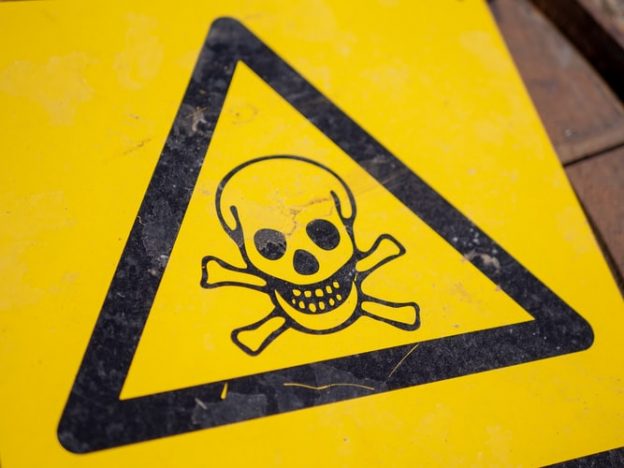Many people know that radon can cause cancer. But not all understand what it is, how it enters one’s home and other dangers that it could bring. What is radon? Is radon radioactive? If so, what does it mean?
Understanding Radioactivity
Suppose radon is a radioactive material; what can it do to you? Does it make radon more dangerous? To understand radon more, it is essential to learn what radioactivity is. In simple terms, radioactivity refers to the spontaneous disintegration or decay of the nucleus of an atom. It happens through the emission of particles which are usually accompanied by electromagnetic radiation.
Radioactivity naturally happens. It is exhibited by several elements, which include but are not limited to uranium, radium, radon gas, and radon’s daughters. Radiation produced by the elements can be of three types, and these are the following:
- Alpha particle. It has relatively weak penetration power, a nucleus that includes two protons and two neutrons of an ordinary helium atom.
- Beta particle. It has a moderate penetration power, which is a high-speed electron. Sometimes, it can be in a positron that is the electron’s antiparticle.
- Gamma radiation. It is a type of electromagnetic radiation with very short wavelengths. As such, it results in very high penetration power.
Is Radon Radioactive?
As mentioned earlier, radon exhibits radioactivity; therefore, it is a radioactive material. The problem with radon is its unusual property in terms of the radioactive decay chain. The gas produced by radon comes from a radioactive solid element. Then, the radioactive gas changes back into radioactive heavy metallic particles.
The atomic size allows the transport of the radioactive atoms to pass through a relatively static environment. As a result, there is enough time for radon’s extended half-life to migrate through cracks and crevices in building foundations. This makes radon dangerous because it allows the gas to move quickly through a building or home. As a result, the air becomes contaminated.
Should You Test Your Home for Radon?
Since radon moves rapidly through the cracks in your home, it is essential to ensure that you are not exposed to the radioactive gas. The only way to find out if you have a radon-resistant home is through radon testing. Once you determine if radon exists in your home, you can contact a licensed radon contractor from your state for radon mitigation.
There are two types of radon testing that you can perform in your house. The first one is short-term, and the other one is long-term testing. It is advised to do both because short-term testing is only conducted to check the existence of the radioactive gas. To determine the radon levels and assess whether you need to take action or not, monitoring through long-term radon testing is recommended.
Radon is a radioactive gas that can cause cancer. That’s why making your home radon-resistant is a vital step to lower your risks of acquiring the diseases. You can do short-term and long-term radon testing as the initial steps in radon mitigation. Don’t hesitate to ask for professional help when needed.



